Xbox Wireless Controller - One-minute review
The Xbox Wireless Controller feels familiar in the hand yet subtly different, with improved tactile textures and refined geometry making for a better playing experience. We're also happy to see Microsoft finally implement a dedicated Share button to its gamepad, making it considerably easier to take screenshots and videos mid-game.
The Xbox Wireless Controller feels familiar in the hand yet subtly different, with improved tactile textures and refined geometry making for a more ergonomically friendly (and comfortable) playing experience. We're also happy to see Microsoft finally implement a dedicated Share button to its gamepad, making it considerably easier to take screenshots and videos mid-game.
It seems that Microsoft's new gamepad takes inspiration from the Xbox Elite Wireless Controller Series 2, offering some of the premium controller's top-notch design features in a more affordable-feeling form. The result is a sleek, affordable and accessible controller, which just feels nice to use.
Xbox Wireless Controller: price and availability
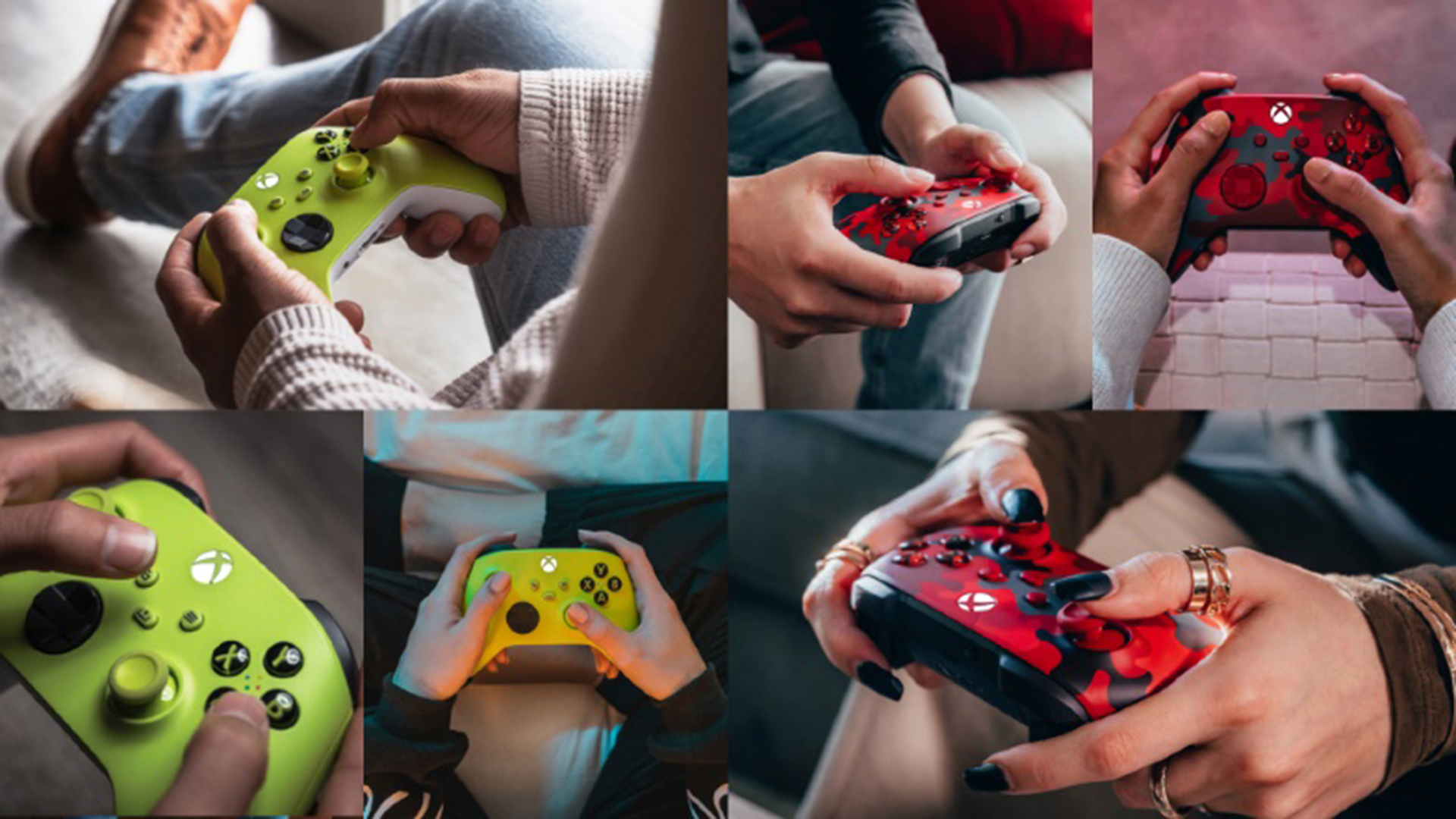
- Xbox Wireless Controller price: $59.99 / £54.99 / AU$74.99
- Available in many colors
The Xbox Wireless Controller price is $59.99 / £54.99 / AU$74.99, but it's worth noting that every Xbox Series X and Series S console comes with a controller in the box.
You'll only need to buy another controller if you're looking to pick up a replacement, or a second (or third, or fourth) for co-op play at home. You shouldn't have too much trouble finding additional units either, with the Xbox Wireless Controller readily available at many major retailers, both online and in-store.
Available in Carbon Black and Robot White, the Xbox Wireless Controller also comes in a head-turning Shock Blue. Since then, we've seen the range open up significantly and if you're willing to pay the little extra for customization, you can even design your own color scheme, thanks to Xbox Design Lab.
Xbox Wireless Controller: design
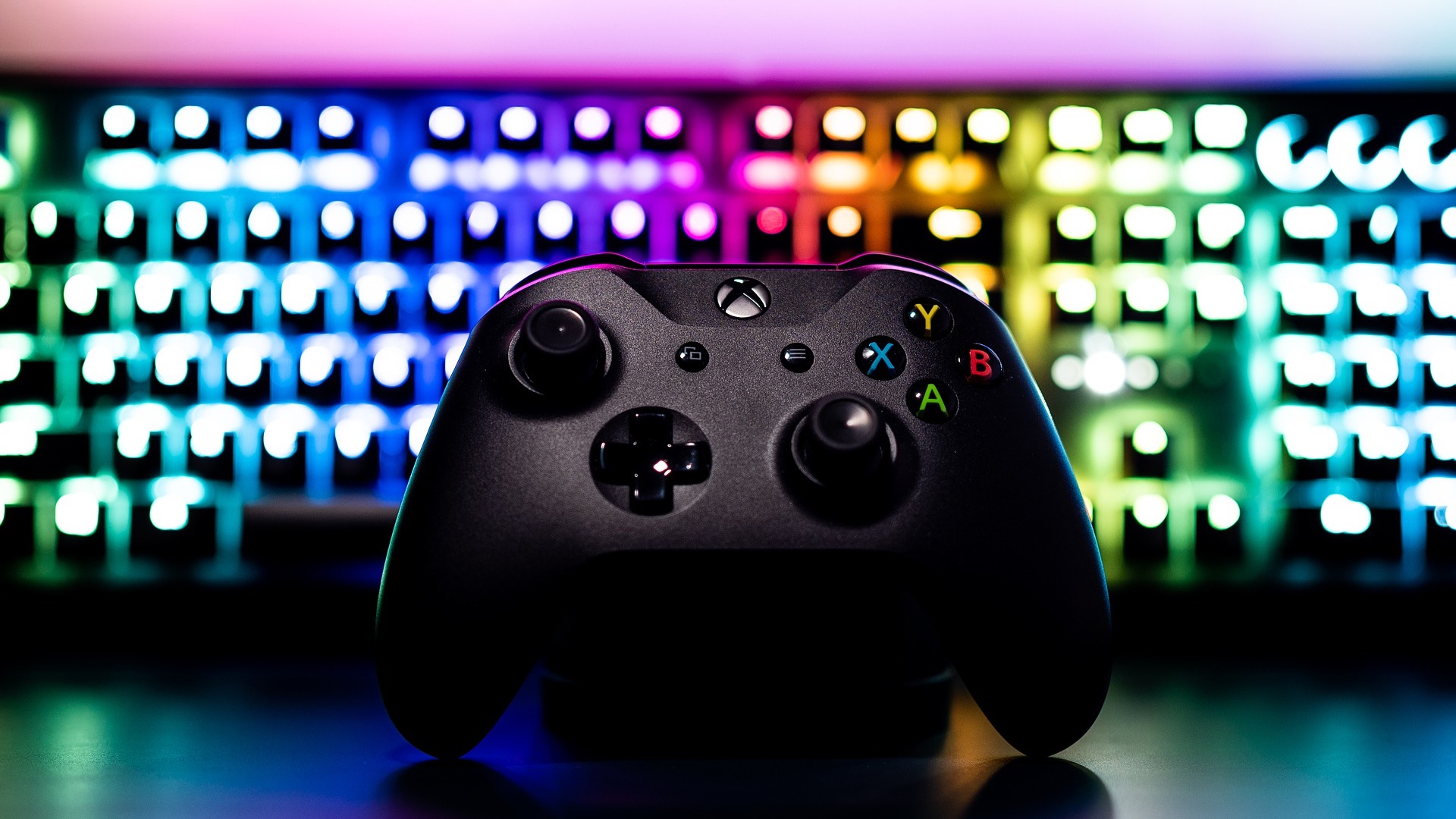
- Feels familiar in the hand yet subtly different
- Improved tactile textures and refined geometry
- New Share button
On the surface, the Xbox Wireless Controller doesn't look like adrastic departure from its predecessor. It sports a similar shape and keeps the traditional button and trigger layout. On closer inspection, though, you begin to notice the subtle differences Microsoft has implemented.
For a start, the gamepad's exterior now sports a matte finish that closely matches the new consoles' designs. While this certainly looks sleek, it does come with drawbacks – the black controller that comes with the Xbox Series X easily picks up scuffs and scrapes that are noticeable.
Considering the amount of hands-on time controllers are subjected to it's possible that you'll find it hard to keep yours looking in tip-top condition for years to come. Other color variants of the controller are available though (you'll need to buy these separately, while a white version comes included with the Xbox Series S), and some may be less prone to scuffs.
That's a minor quibble, though, and overall we found that the Xbox Wireless Controller resembles a more premium controller, both in look and feel. The revised pad now has a tactile texture on the triggers, grips and bumpers, which we found made the controller feel more secure in our hands.
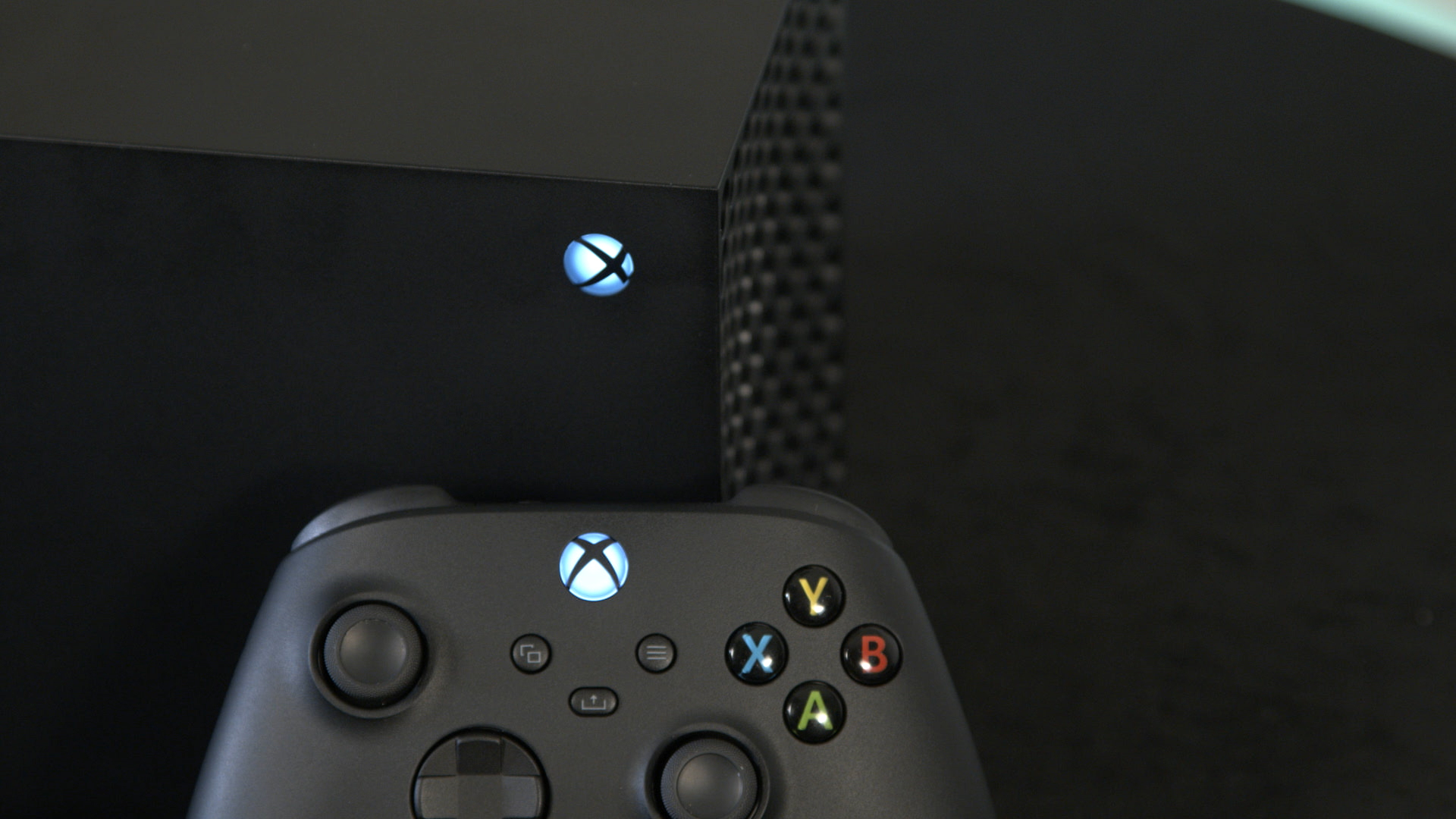
In addition, while the controller is the same size as its predecessor, the bumpers and triggers have been rounded and reduced in size by a few millimeters. That makes the gamepad feel less bulky. If you're someone with small hands, past Xbox controllers have often felt quite tanky, but this simple change improves comfort levels in a subtle but noticeable way.
Perhaps the most notable changes to the controller are the addition of the 'Share' button and the hybrid D-pad. The Share button essentially acts as a capture button, allowing you to easily snap screenshots of your game – a single click takes a snapshot, while holding the button down for longer records a 15-second video by default (you can adjust the video duration in the Capture settings).
This is much easier than on the Xbox One, where you have to press the home button and then X or Y, but we did find it a bit fiddly to quickly take a screenshot – your experience may vary depending on how big your hands are.
The hybrid D-pad, on the other hand, aims to provide a middle-ground between the Xbox One controller's classic D-pad and the Xbox Elite Wireless Controller Series 2's changeable disc-shaped, faceted D-pad. What results is a kind of traditional D-pad, laid over a disc. Again, this is a small but welcome change and is intended to give more control and leverage over the D-pad – while generally feeling more comfortable.
The D-pad also gives off a loud click we haven't heard from a controller before. You'll either find it satisfying or a bit annoying - we often found it the latter - though those used to mechanical keyboards may not be all that bothered.
Still, there's a lot about the controller's design that hasn't changed. It keeps the 3.5mm audio jack and expansion port at the bottom, its USB charge port and pairing button at the top, and its View, Menu and Xbox buttons on the face.
Xbox Wireless Controller: performance
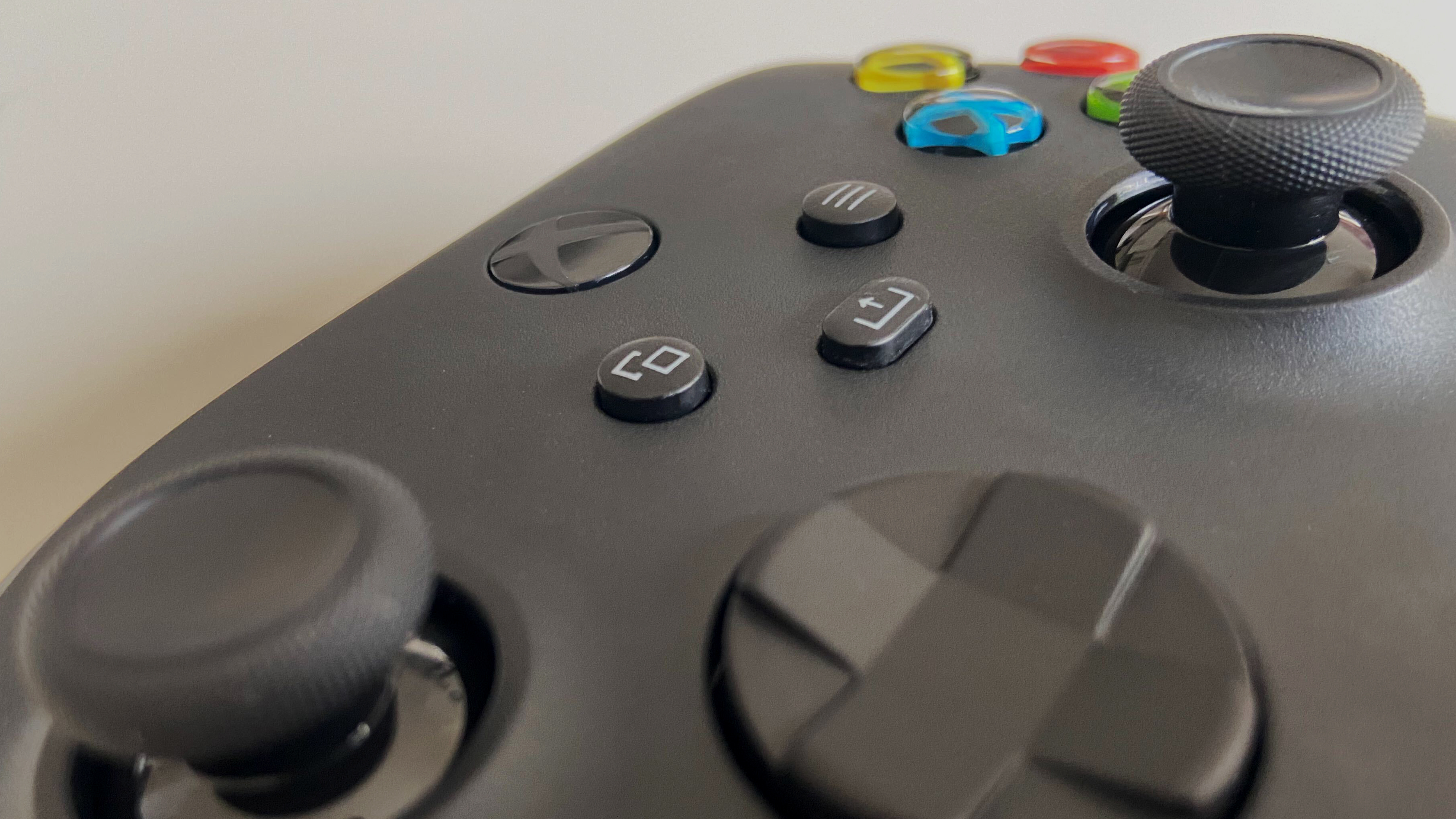
- Works on a range of devices
- Lower latency
- Rechargeable battery pack needs bought separately
- Remappable (but this is limited)
Alongside these cosmetic changes, the Xbox Wireless Controller brings functionality improvements too. We found this controller to be more responsive, which is likely down to the lower latency Microsoft has boasted about (paired with more frame rate stability of the Xbox Series X|S), while connecting the gamepad wirelessly via Bluetooth to a range of devices – including the Xbox One, an iPhone 13, and a Mac – was straightforward.
The Xbox Wireless Controller again runs on AA batteries (regular or rechargeable), but if you want to avoid the hassle of changing or charging batteries constantly you have two options. You can invest in a Play and Charge kit (a rechargeable battery back which you can use to charge the controller while you're playing or between sessions), or connect your controller to the console via USB-C (although this will, of course, limit your freedom of movement).
In terms of remapping, you can remap the Xbox Wireless Controller on the Xbox Series X and Xbox Series S via the Xbox Accessories app - though the level of customization is somewhat limited.
The app allows you to remap a fair few of the controller's buttons to your tastes and even gives you control over aspects such as whether your controller vibrates and whether you want your sticks automatically inverted. We found remapping fairly straightforward, even if there are some buttons - like the Xbox button and the triggers - which can't be changed.
Given that the Xbox Wireless Controller utilizes the impulse trigger feature found in previous iterations of Xbox gamepads - providing haptic feedback to your fingertips when you, for example, drive the dirt roads of Dirt 5 - the lack of trigger remapping is understandable.
Xbox Wireless Controller: should I buy it?
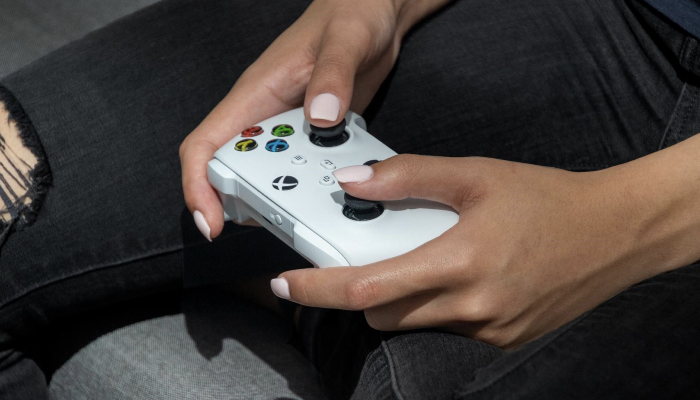
Buy it if...
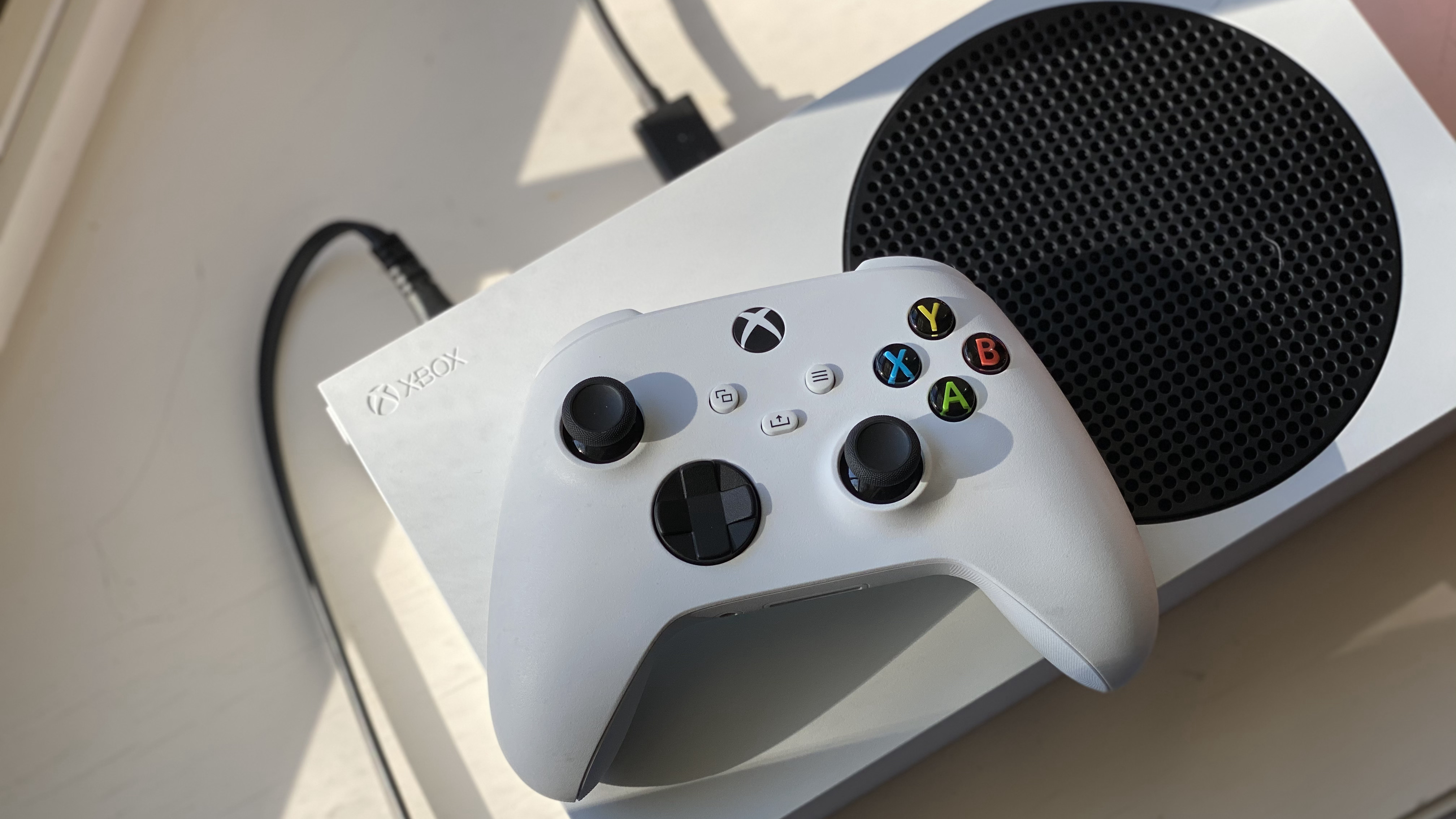
Don't buy it if...
from TechRadar - All the latest technology news https://ift.tt/qd4KgPb

No comments:
Post a Comment